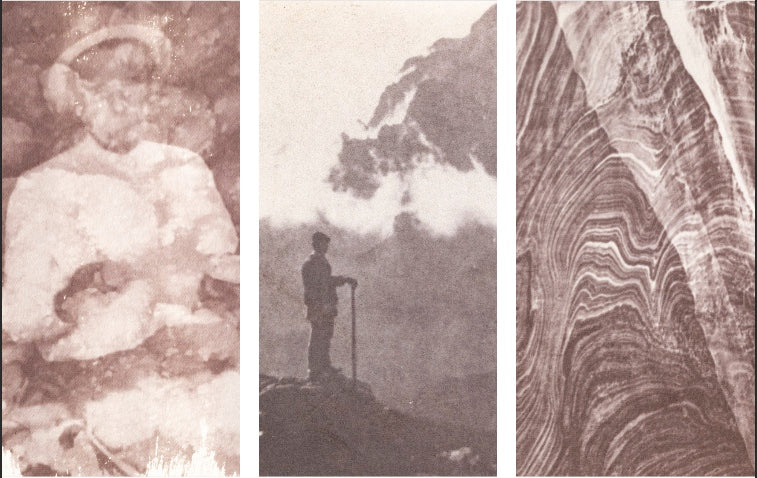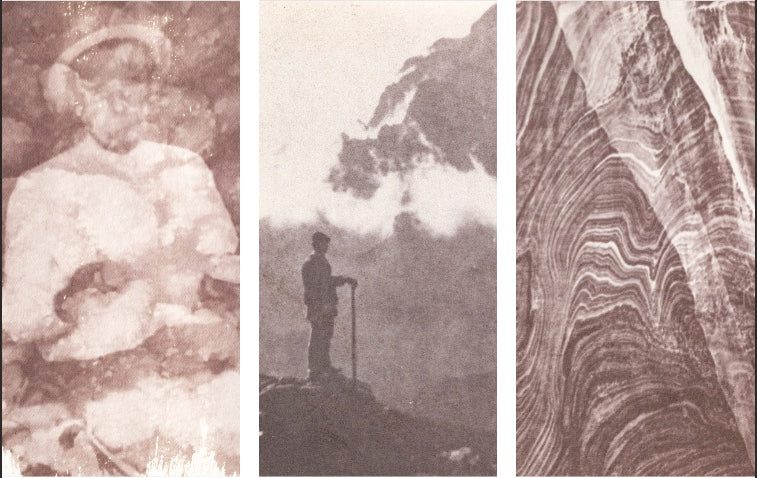tinygallery.photo
Salt Paper Print 1 day advanced workshop
Salt Paper Print 1 day advanced workshop
Couldn't load pickup availability
The salted paper process is one of the earliest photographic processes, dating back to the mid-19th century. It was invented by British scientist and inventor William Henry Fox Talbot in 1834. This process paved the way for the development of modern photography.
Paper is coated with a solution of table salt (sodium chloride) and silver nitrate to make it photosensitive. This coated paper is known as "salted paper."
The resulting image is a brownish-black or sepia-toned print, characteristic of salted paper prints from this era. The process is known for its soft, subtle tonal qualities and was used to create many of the early photographic images.
The salted paper process was labor-intensive and required a great deal of skill and expertise. It was eventually replaced by more convenient and reproducible photographic processes, such as albumen prints and gelatin silver prints, as photography advanced in the late 19th and early 20th centuries. However, it remains an important part of photographic history and is sometimes still used by contemporary artists and photographers for its historical and artistic value.
Individual workshops on one day of 2X 3 hours
Share


